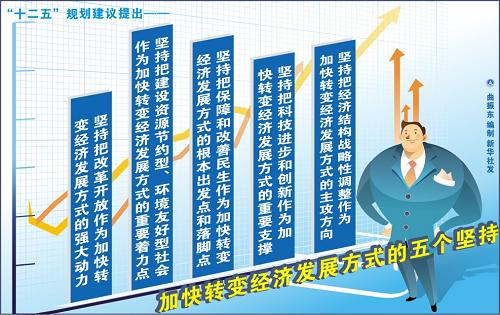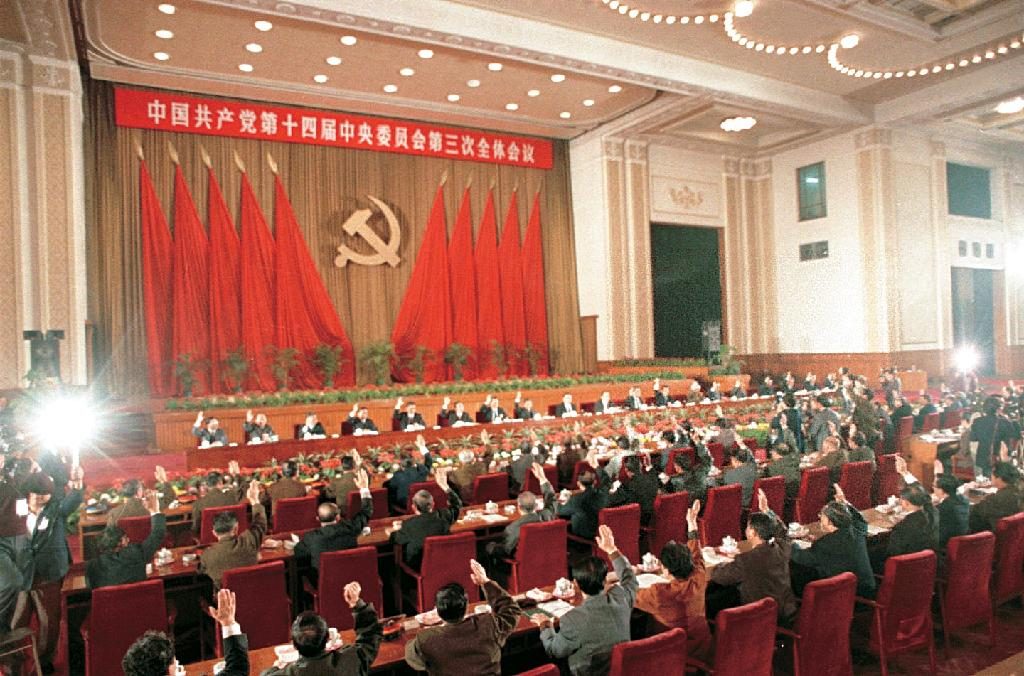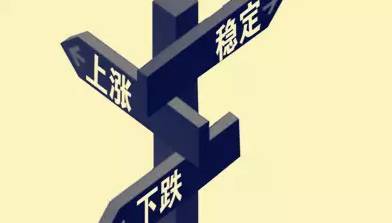Socialist Economic Development
4 min readWhen the People’s Republic of China was founded,it possessed nothing.In 1953,the CPC determined the“general line during the transition period,”planning to realize socialist industrialization and complete socialist rebuilding of the national agriculture,handicraft industry,and capitalist industry and commerce in the long term.
In 1953, China began implementation of the first five-year national economic development plan. The goals of the First Five-year Plan were reached in advance in 1957. China built up aircraft manufacturing, motor manufacturing, electricity generation equipment manufacturing, metallurgical equipment manufacturing, high-level smelting and other industries. Basic industries took an initial shape. Iron and steel, coal and power facilities were built in the central and western areas.A reasonable industrial layout took shape and the process of socialist industrialization had begun.

At the end of 1956, the socialist rebuilding of agriculture, handicraft industry, and industry and commerce was completed, and a planned economic system was established in China. The system paved the way for the development of Chinese socialist industrialization and also exposed various defects of the system, foreshadowing later difficulties in economic development.
Due to the underestimation of the arduous, complex and long-term socialist construction process, Chinese economic construction stressed one-sided high speed in 1958. Movements of “smelting iron and steel,””people’s commune”and “great leap forward”emerged in China, upsetting the balance of national economy proportion, destroying the ecological environment and discouraging people’s initiative for production.

Between 1956 and 1966, Chinese modernization experienced a tortuous path, but great achievements were still made. An independent industrial system of a certain size and technical level was established. Power, mining and machinery industries largely thrived. Electronic, atomic power and space industries emerged and grew. The construction of the Daqing, Shengli and Dagang oil fields deleted China’s reputation of being poor in oil. Apart from Tibet, the railway linked all provinces, municipalities and autonomous regions.
From 1966 to 1976, China suffered the unprecedented calamity of the Cultural Revolution. Pinko mistakes in economic development permeated, badly interrupted and destroyed the national economy, and hindered the progress of Chinese industrial modernization. According to estimations, the national economic loss during the Cultural Revolution was worth about 500 billion yuan.
The Third Plenary Session of the Eleventh Central Committee of CPC was convened in 1978.The session decided to carry out reform and opening-up and transfer the ke point of CPC’s work to economic development,initiating economic reform in China.

The reform began in rural areas. The household contract responsibility system, characterized by fixing of farm output quotas for each household, provided farmerswith autonomy in production and management, which dramatically encouraged farmers. Township enterprises emerged and flourished, promoting economic development in rural areas and improving the living standard of farmers.
The reform in rural areas drove the economic system reform in urban areas. In 1992, the 14th central Committee of the CPC put forward the goal of Chinese restructuring of the economic system, which was to establish a socialist market economy by deepening the reform of state-owned enterprises, establishing a modern enterprise system, and encouraging enterprises to become legal entities and competitors.
The reform of state-owned enterprises promoted competitiveness of enterprises and forged a number of powerful and thriving large-scale enterprise groups. State-owned assets increased sharply. Some enterprise groups entered the global market.
During the reform of state-owned enterprises, some problems occurred, such as an increase in the number of laid-off workers and economic difficulties of some employees. As the social security system is gradually perfected, the situation is also being improved.
While carrying through domestic reform of the economic system, the Chinese government implemented opening-up as well. Since 1980, China has set up five special economic zones along its coastline, opened a host of coastal port cities, promoted foreign investment and energetically developed export-oriented industries. In 1990, the central government decided to open and develop Pudong, Shanghai. In the 1990s, China created an all-dimensional, multi-tiered and wide-ranging opening pattern fromthe coastal area to inland, and from the eastern to the central and western regions.
China entered the WTO in 2001, indicating that its opening up had reached a new stage. China’s access to the WTO is a necessary means for the country to go global and is an opportunity for China to integrate with the international economic systelm.Over the past three decades, reform and opening-up have advanced each other andprompted China’s fast economic growth. From 1979 to 2008, the growth rate of GDP was 9.8 percent per year, which is rare in world economic records. According to World Bank statistics, the GDP per capita in China was merely $230 in 1978, ranking104th among the 126 countries and regions listed. At that time, many Chinese people did not have sufficient food or clothing. In 2008, the GDP reached $4.32 trillion, and China’s economic aggregate was at the third place in the world, with GDP per capita hitting $3,266.








